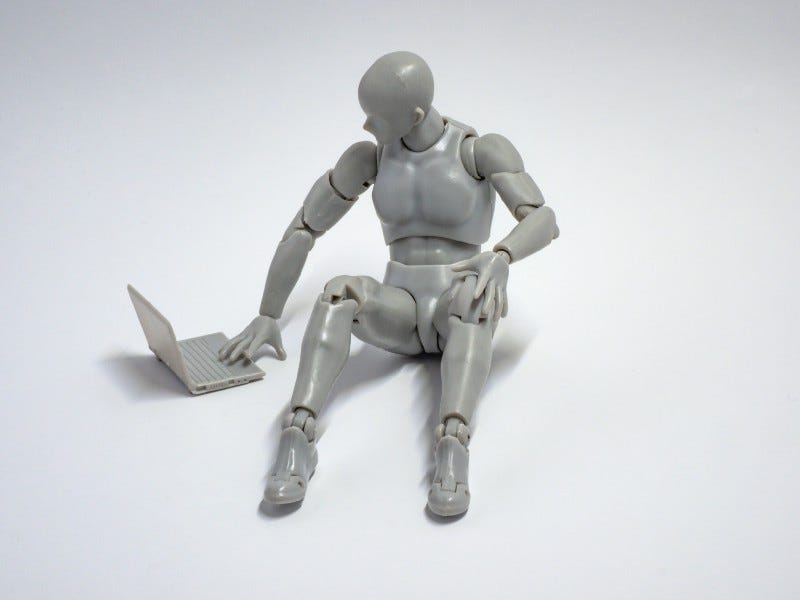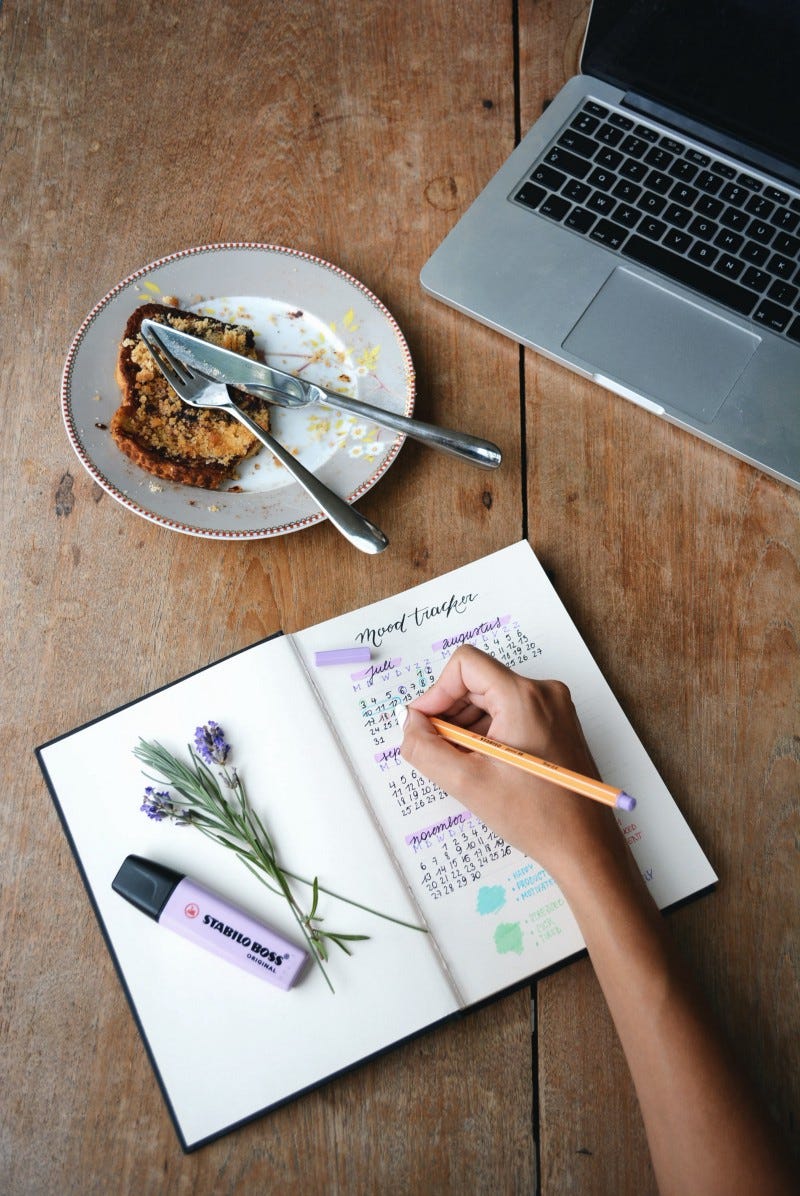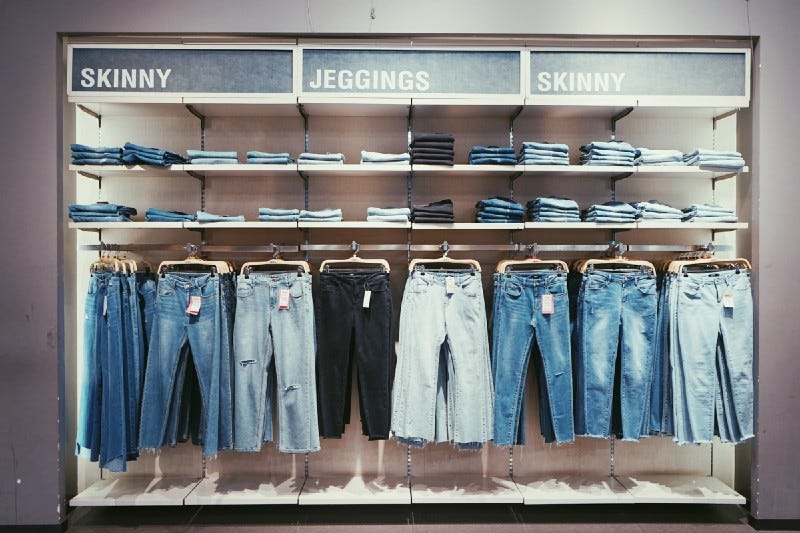The Two Different Writing Styles Explained
Photo Credit: Brett Jordan on Unsplash
I am a non-fiction writer and editor. My husband is a fiction writer and journalist. We are the same, and yet we are so different. Most people who write fall into one of two categories: the plotter, who plans everything in detail before the writing starts, and the pantser, who just starts writing and continues writing by the seat of his/her pants. I am a plotter. My husband is a pantser. Is there one right way and one wrong way? As usual, it depends on the circumstances and on the personality of the person involved.
Disclaimer: I am a total Apple Fangirl. I have two Macs, two iPads, and always the latest iPhone. When I write about apps or systems, I am writing from that worldview. Some of the apps I discuss MAY work on Windows and Android, but I cannot speak to that. I only deal with Mac OS and iOS.
Plotter: Someone who writes out an outline so they know what they’re writing about before it’s written.
Photo Credit: Estee Janssens on Unsplash
I plot and plan out just about everything I write. (Sometimes even my longer emails are planned ahead of time.) My writing includes the writing I do for my clients: ghostwriting, copywriting, web copywriting, and so on.
I also write for my own businesses, including my own books, my social media copy and my LinkedIn articles, and my articles on Medium, to which I have moved all of my blogs. Maybe because I was an English major and English was always my favorite subject in school, I have always loved outlining.
Or, maybe it is because I am such a visual person, I need to be able to “see” what I am doing before I actually begin to work and as I am working.
Or…maybe it was because, from the time I was nine years old, when our family took a road trip, I was allowed to sit in the front passenger seat with the very old school Triptik map from AAA with its signature green highlighting to give the directions to my dad as he was driving. (My mom was a terrible navigator. She was relegated to the back seat with my younger sisters.)
Whatever the reason, I love making and using outlines. I love the outline feature of one of my favorite writing apps, Scrivener. Scrivener was designed to help writers, particularly novelists and other long-form writers, organize their projects.
Scrivener is purposely not a word processor like MS Word. Within Scrivener, writers can outline, write synopses, design index cards, and move different sections around as necessary while they are writing.
I love to outline and organize my longer writing projects in Scrivener. In addition to the outline itself, this feature also includes columns that display information such as word targets and progress, a synopsis, subdocuments, keywords, etc. The outline components can also be rearranged with drag-and-drop.
Meanwhile, plotters are similar to cartographers, putting just about every detail into a map that they can repeatedly reference. Once the map is made, it is there to use forever. But speaking of maps, mind mapping is a close relative of outlining, and I have learned to love mind mapping, too.
My favorite mind mapping app is Mindnode, available only on Mac OS and iOS. Mind mapping is a very free-form and visual way to organize and outline ideas. With an app such as Mindnode, I can add all kinds of additional information, including images, text notes, links to references, and tasks.
Mind maps can almost always be exported in a format called OPML that can be integrated into many other apps, such as Scrivener. MindNode can also be exported as a traditional outline.
I use MindNote to organize my thoughts and writing for integration into my other favorite writing app, Ulysses, again available only for Mac OS and iOS. Ulysses is also not a word processor like MS Word, but a distraction-free writing platform that seamlessly syncs with all of my Macs and iDevices through iCloud and exports to several formats, including PDFs, Word documents, eBooks, and HTML.
The single library in Ulysses keeps all of your writing projects in one place without having to deal with opening external files and folders.
MindNode integrates beautifully with Ulysses, turning my mind map into a traditional outline or my Ulysses notes into a mind map.
Scrivener and Ulysses both have related and fully functional iOS apps, so I can happily plot, plan, and write wherever I am.
Pantser: Someone who writes by the seat of their pants — no plan, no outline, just writing.
Photo Credit: Ian Deng on Unsplash
As a determined plotter and planner, I admit I just don’t understand pantsers like my husband, and I sure don’t understand pantsers who use MS Word as their primary writing software. But to each their own, I guess.
Pantsers sit down at a blank screen and just start writing and see how things go along the way. I am sure they must somewhere have some kind of idea of the journey, but my mind would explode trying to remember all of that.
In my husband’s case, probably because he is a highly trained and experienced journalist, writing “as you go” and often quickly and under a deadline may come more naturally to him. But I just don’t get it.
Journalists are also used to having editors check their work, and my husband uses an editor for his fiction writing, but those works are edited by someone else besides me. That’s probably one of the reasons we are still happily married.
I learned the traditional touch-typing method when I was in fourth grade, while my husband is probably the fastest two-finger typist you’ll ever see.
I don’t have much to say about pantsers. I don’t understand how they can write like that, but I wish them the best.
Pros and Cons of Being a Plotter or a Pantser
For plotters, there is a danger of letting the planning stage overtake the actual writing. That is often called “analysis-paralysis.” Plotters have to learn that there is a time to stop planning and start writing.
Pantsers on the other hand, run the risk of facing writer’s block because they often do not know what comes next.
Personally, I think that in the end, there is a little bit of both plotter and pantser in all writers. But I will always be a proud plotter.
Which kind of writer are you?
You can keep up with everything we’re doing at Detroit Ink Publishing (DIP) and our other group of companies Your Business Your Brand Creatively (YB2C), by signing up for our (almost) weekly email newsletter. We promise: No Spam! You can join the email list [here].
We also invite you to join our exclusive Facebook Group for Creative Professionals, YB2C Premium.
My company offers editing, formatting, cover design, copywriting, publishing, and book and author marketing services in packages customized for each client.
If you would like to discuss a potential publishing project, you can schedule a 30-minute consultation at this link. If you decide to hire DIP for your book, the consulting fee will be credited back to you.





